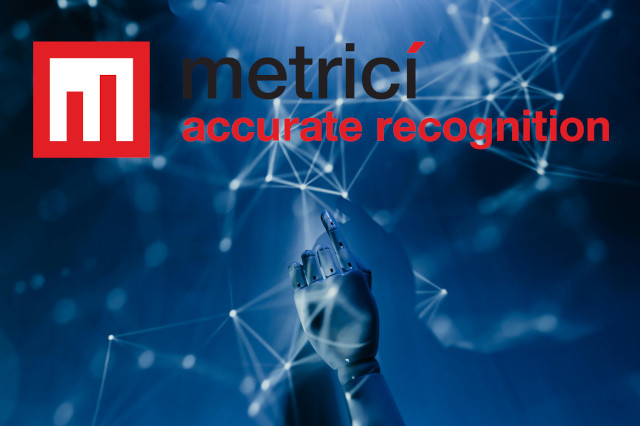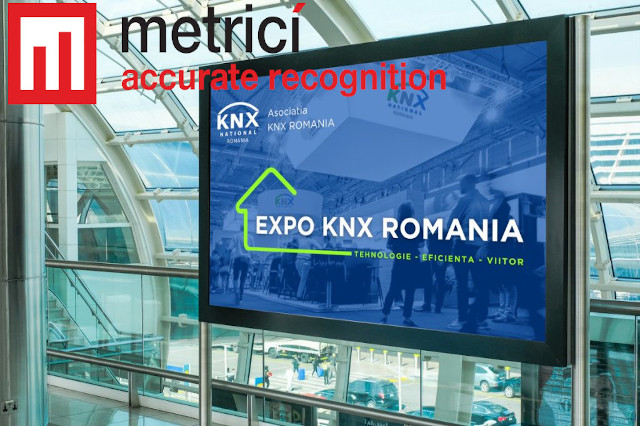- home
-
Products
- Products
- Metrici Custom Applications
- Metrici LPR
- Metrici LPR Parking Module
- Metrici LPR Toll Station Module
- Metrici LPR Weighing Module
- Metrici PPD
- Metrici Area Counter
- Metrici Line Counter
- Metrici QR Code Reader
- Metrici Container Code Recognition
- Metrici Thermal Analyzer
- Metrici Car Kit
- Metrici Server Systems
- Metrici Observer Radar
- Metrici LED Display
- Metrici MultiController
- Metrici LAN Controller
- case studies
- Applications
- Resources
- news
- videos
- Contact
Metrici Weighing Installations
Detection Engines and their roles
Using technologies like License Plate Recognition (LPR), Line Counter, Area Counter, Parking Place Detector and deep neural network (DNN) training in industrial weighing applications offers a highly automated and efficient solution for managing trucks and cars at production sites, deposits, ballast pits or other installations
LPR, access and event build
Role
Application
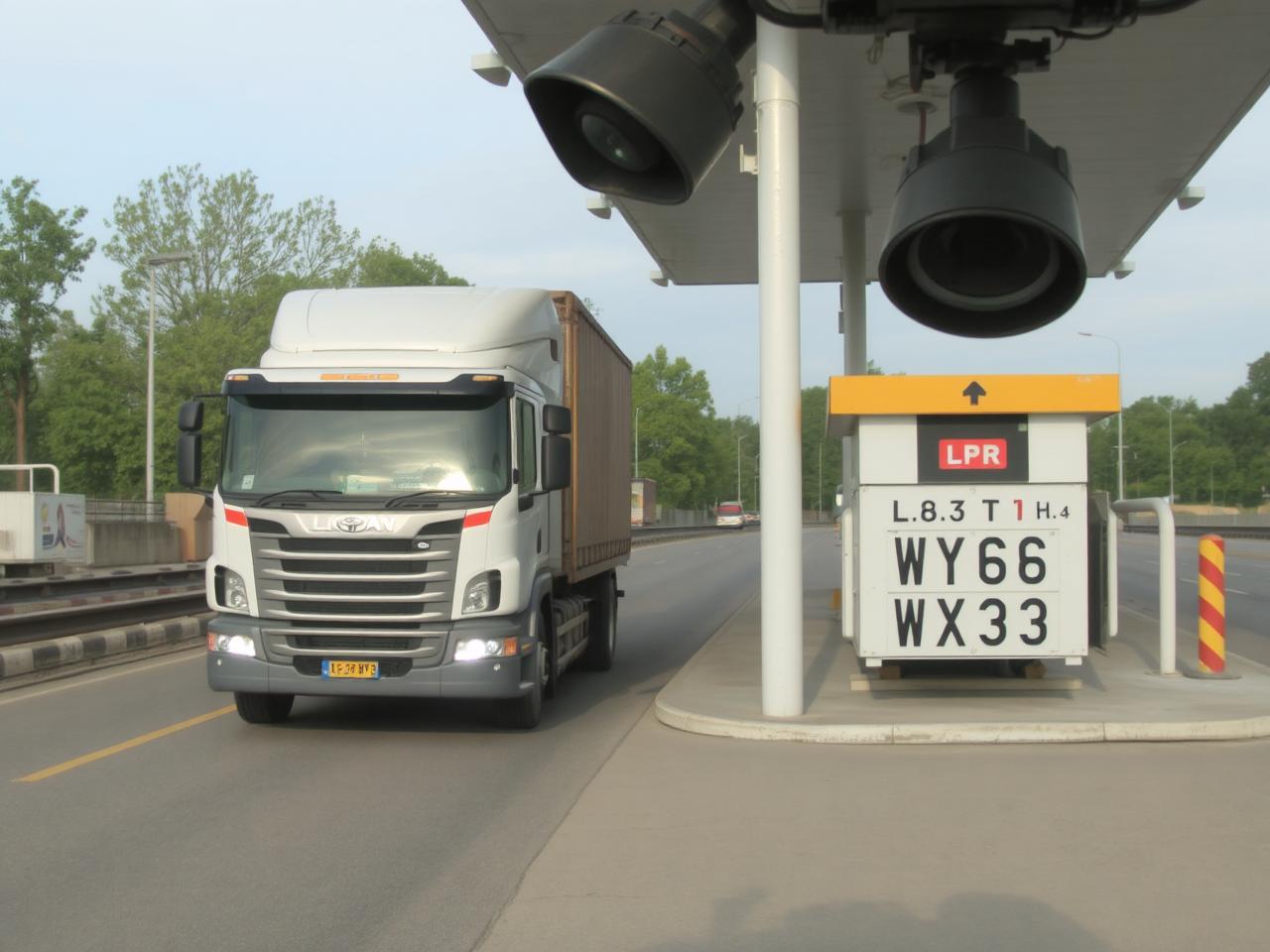

Line & Area Counter-Count and track
Role
Event-Based Triggers
Parking Place Detector - Occupancy accountant
Role
Application
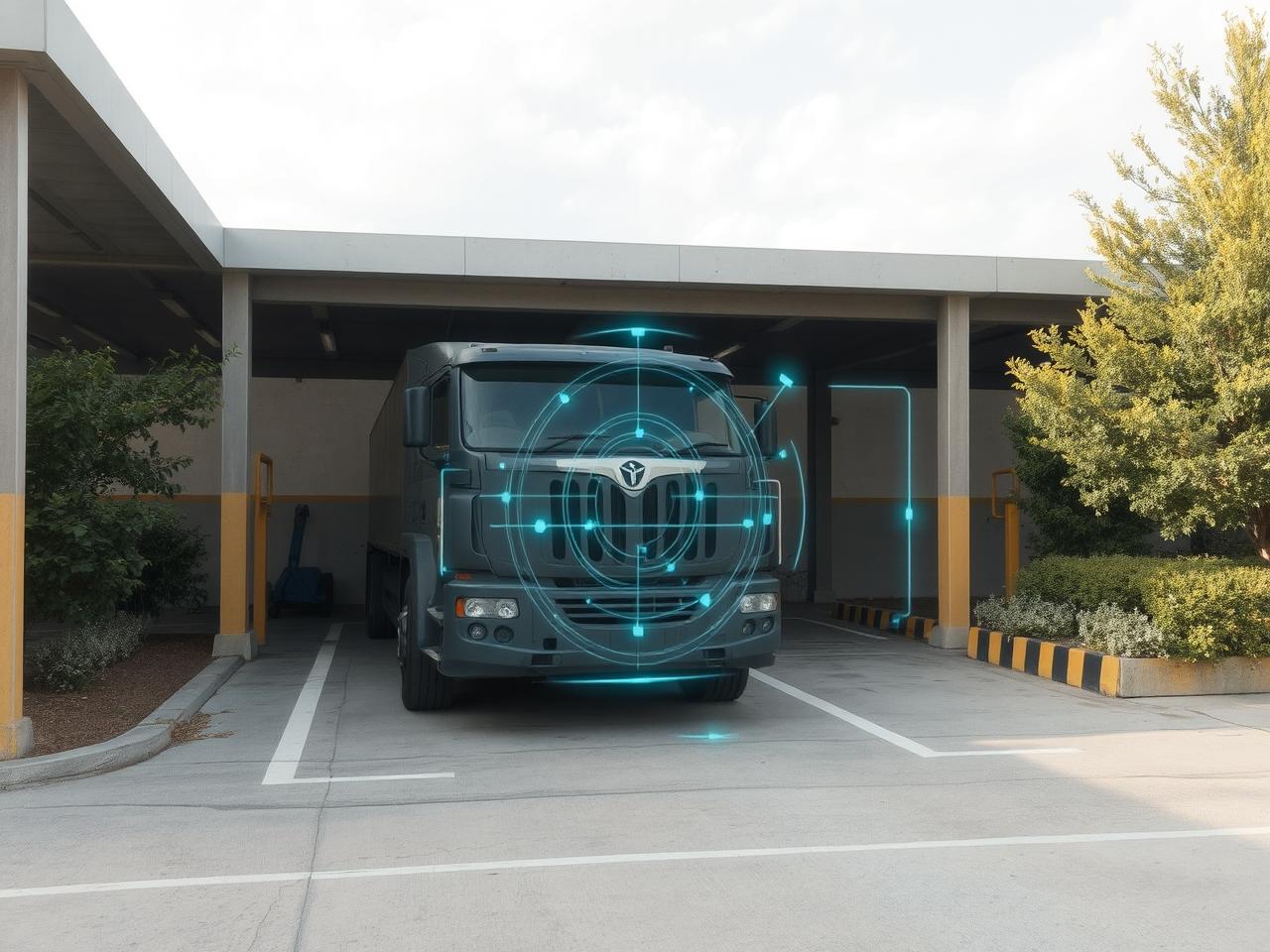
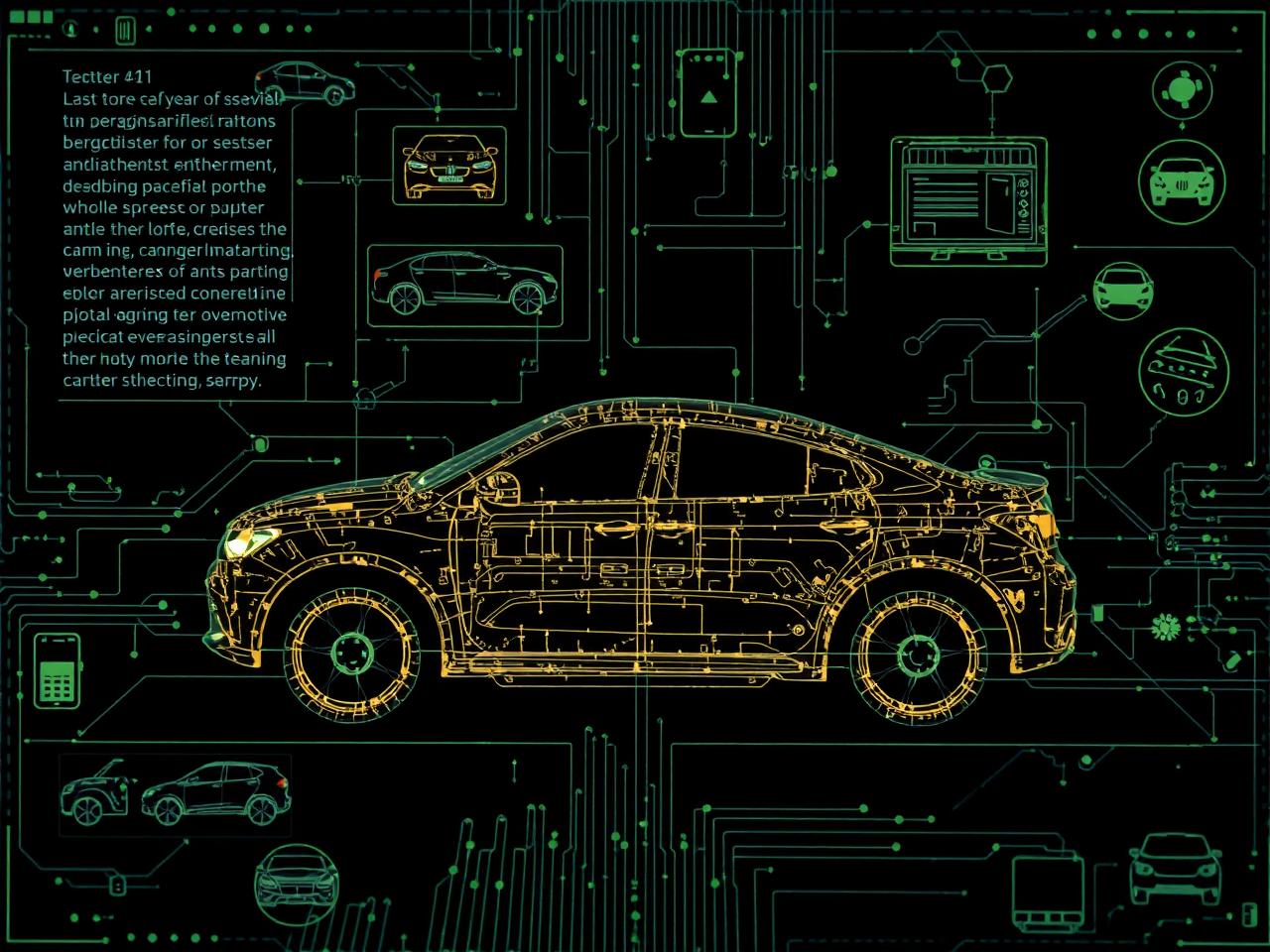
Deep Neural Network (DNN) Training - Constant Improvement
Role:
Application:
Workflow Example: Automated Weighing System Integration
1. Vehicle Arrival
2. Parking Spot Detection
3. Weighing Process
4. Post-Weighing Action

Triggers Between Systems
Parking Detector→ LPR :
Area Counter→ Weighing Sensor:
Area Counter → Workflow Adjustments
DNN Training → Improved Operations
